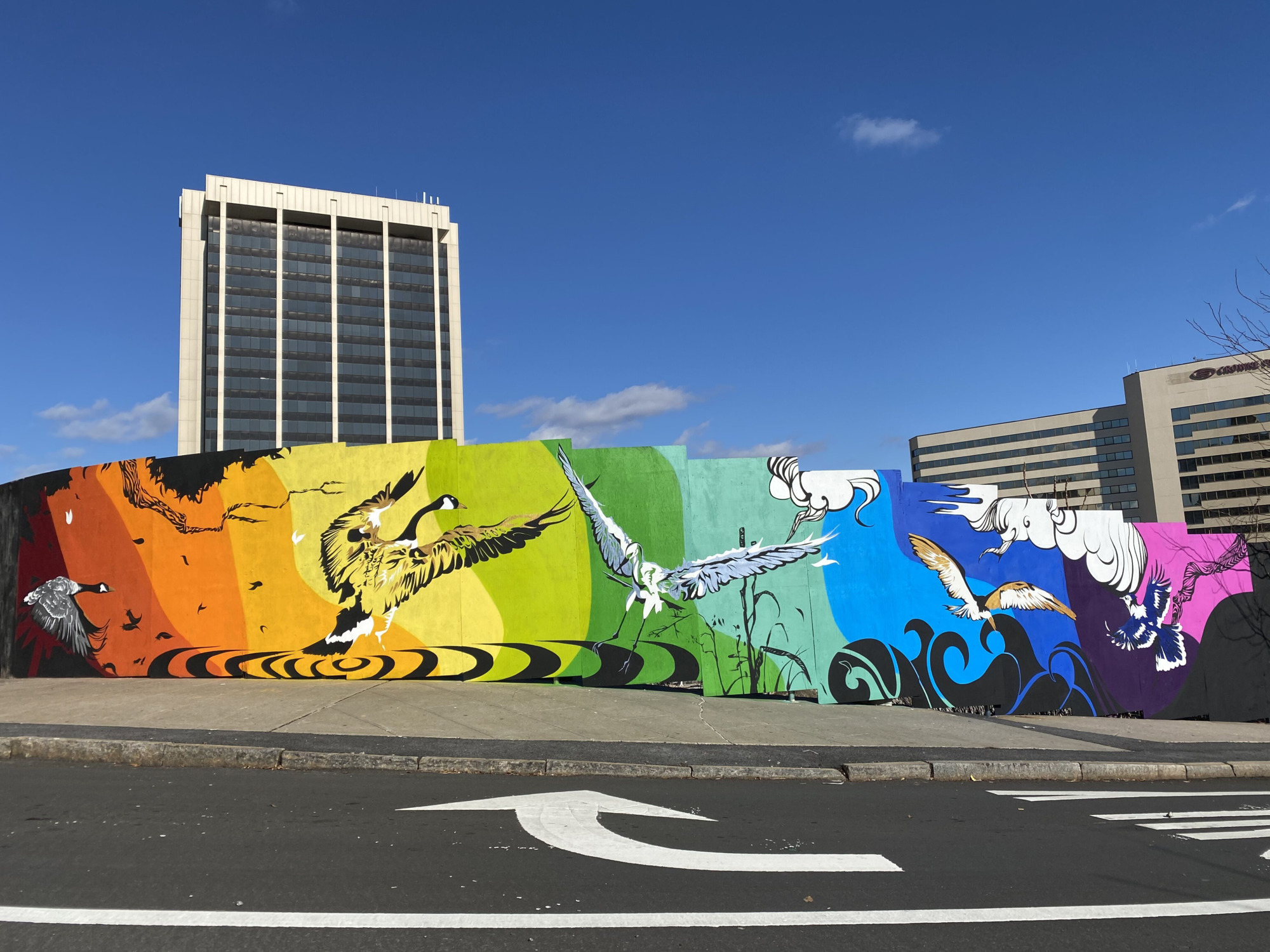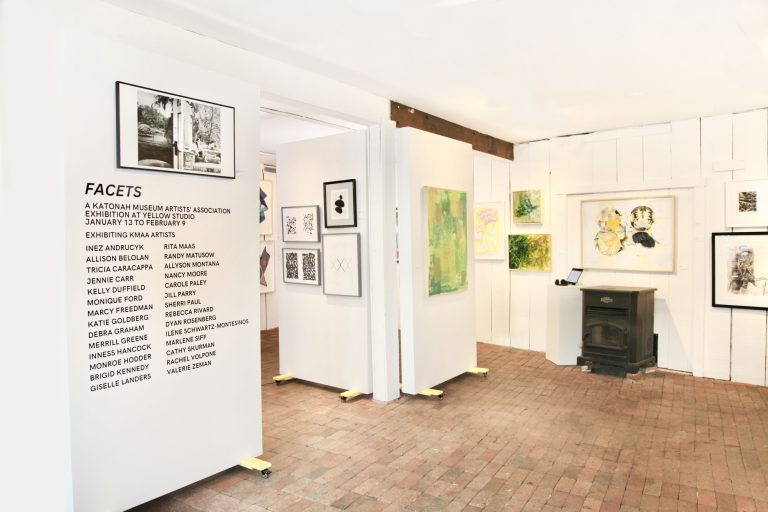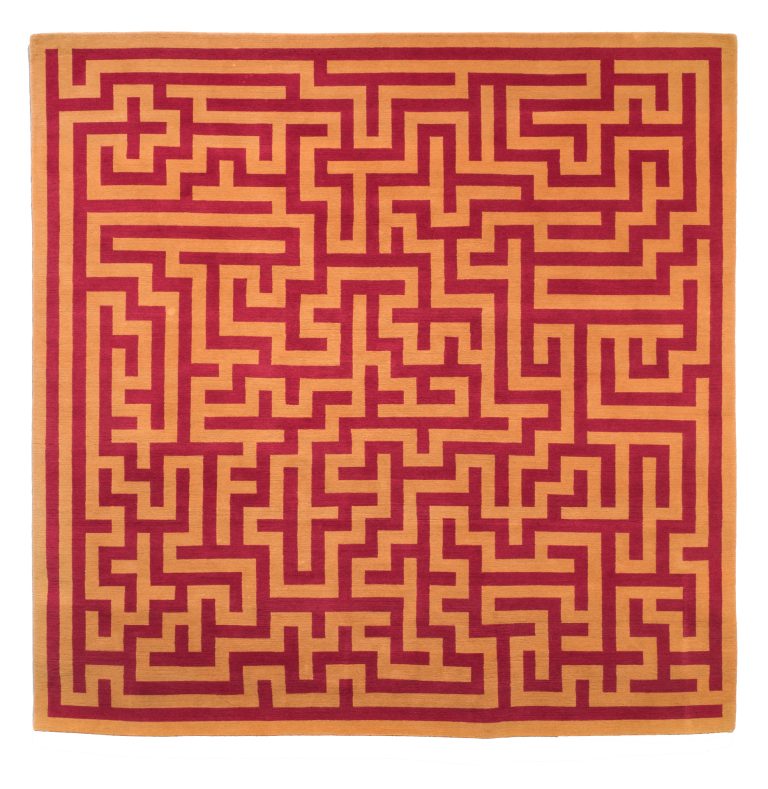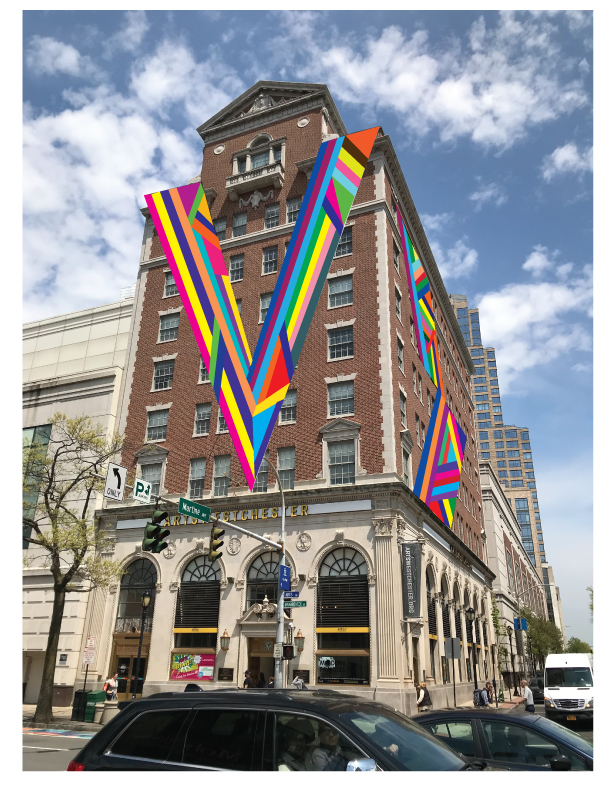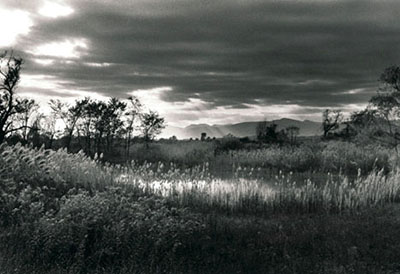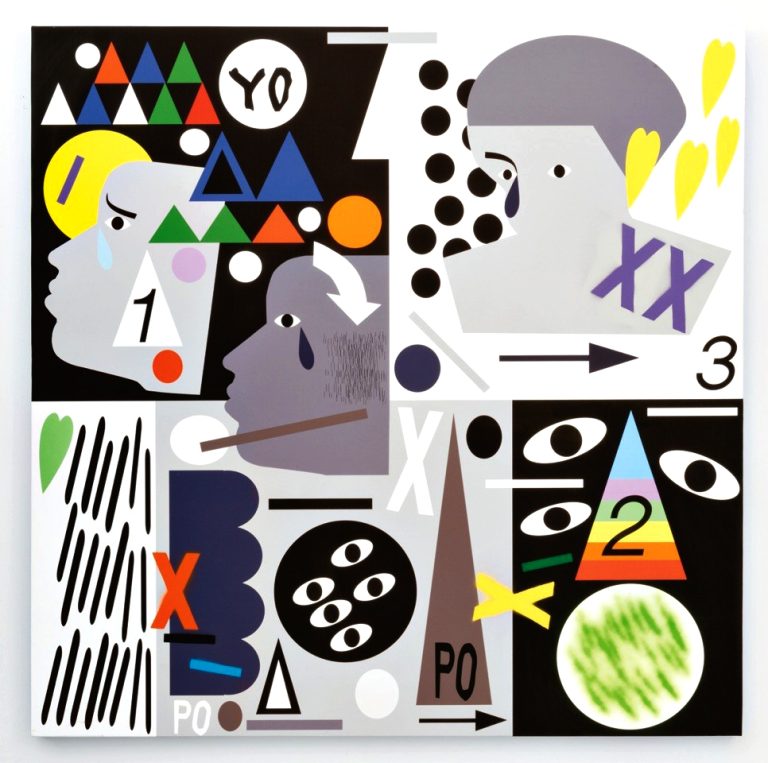Public Art: Gathering Momentum in Westchester
Public art, by definition, is art that is intended for public spaces. These spaces can be outside in plazas, gardens, streets and sometimes on walls as murals. Outside works of art can be temporary or permanent. They are transformative in neighborhoods as gathering places and as expressions of communal aspirations. In many places, outside art becomes an icon for a city, such as Claes Oldenburg’s massive 45-foot clothespin in Philadelphia. That was in the Sixties. Fast forward some sixty years later, we see Vessel has also become the symbol of the Hudson Yards destination in Manhattan.
So what’s new? There appears to be a nationwide proliferation of murals, sculpture and other works of public art, perhaps signaling a broad awakening to the value of the arts in making places livable, sustainable and unique. This trend is being fueled by developers nationwide. In the competition for market share, developers have seized upon original art as an activation of something that can add an element of contemporary living; something that can distinguish one property from another. “Public art has become a strategy to attract new residents and engage the existing community,” says ArtsWestchester CEO Janet T. Langsam.
In Westchester, architect and developer Martin Ginsburg has been a leader in harnessing the arts for his development projects. In partnership with ArtsWestchester, Ginsburg Development Companies (GDC) has issued a call to artists for a major 25-foot high sculpture for his 50 Main Street project in White Plains, and he has pledged $120,000 as an artist’s commission. In this, Ginsburg is not alone. To the south, in the Fleetwood neighborhood of Mount Vernon, Alexander Development has pledged a $100,000 commission for a signature sculpture as a landmark feature for its 249 luxury rental development 42 Broad St. West. In New Rochelle, National Realty & Development Corporation has commissioned two large steel sculptures from British artist David Harber to adorn the waterfront of its new WaterMark Pointe development.
Public art is also a powerful tool for revitalization. In a 2018 Americans for the Arts study, “70 percent of Americans believe that the ‘arts improve the image and identity’ of their community.” Developers, urban planners and city officials are using the arts in their downtown revitalization strategies throughout Westchester, most notably in Yonkers and Peekskill, and in New Rochelle, where the City has recently unveiled a series of eight murals curated by Street Art for Mankind. In White Plains, artworks are planned for the $92 million renovation of the train station and GDC recently installed the work of nine regional artists in its refurbished mezzanine at 50 Main Street. Even temporary works of art are appearing in White Plains, on construction barricades at sites owned by LMC, a Lennar Company.
“Westchester County has long been known for public art collections,” notes Langsam, citing works on the grounds of PepsiCo, SUNY Purchase and Kykuit. “So it’s natural that public art is ‘trending’ in terms of creating destinations with placemaking pizazz that advance economic development and tourism.”
A version of this article first appeared in the March issue of ArtsNews, ArtsWestchester’s monthly publication. ArtsNews is distributed throughout Westchester County. A digital copy is also available at artsw.org/artsnews.

